Research Advances in Common Bean: (Phaseolus Vulgaris L.) and Related Species
Synopsis
The common bean, Phaseolus vulgaris, is domesticated independently in ancient Mesoamerica and the Andes, and now grown worldwide for its edible bean, popular both dry and as a green bean. As a legume, beans provided the nitrogen-fixing bacteria which supplied that essential nutrient to the other two crops. The common bean is a highly variable species. The commonly used beans are dry bean, green beans, Shelling beans, Snap or String beans, Shell beans, Pinto or mottled beans White beans, red (kidney) beans, Black beans, Pink Beans and, Popping beans. Green and yellow Snap beans are used to be called string beans, but the string has been bred out of most varieties. They come in bush and pole varieties. Pole beans will require some form of support, and will produce the heaviest yield. Shell beans include lima beans, southern peas, and horticultural beans. Dry beans Dry beans come from plants that have completed their growth and produced hard, dry seeds inside their pods. When mature, the beans are packed with protein. The common bean in high in starch, protein and dietary fiber and is an excellent source of, potassium, selenium, molybdenum, thiamine, vitamin B6, and folic acid. Phaseolus vulgaris or common bean in most widely cultivated of all beans in temperate regions, and widely cultivated in semitropical regions. Mature ripe beans, variously called navy beans, white beans, northern beans, or pea beans, are widely consumed. Several books on common bean are available in the market on specific aspects, but a book is rare which contains various aspects starting from taxonomy. The present book discusses advances in common bean during the past decade. The authors felt the necessity for compiling extensively reviewed aspects in a single book the world wide research advances on various subjects of bean. The book covers a variety of subjects starting from origin, breeding and genetics, physiology, production techniques, biotic and abiotic stress factors, food science to biotechnology and biochemistry in a cohesive manner. In the third world, where bean cultivation and research is proceeding at a rapid pace, the scientist get access to current science. Libraries are poorly funded and computer facilities are negligible, not permitting website consultation. The authors strongly feel this book will fulfill their desires. The book aims to serve as a major source of information for the students, researchers, farmers and producers to know about research advances on bean sciences made by the scientists throughout the world.
Read more
50.40
45.36
$
56.00 $
Free delivery Wolrdwidе in 10-18 days
Ships in 2-4 days from New Delhi
Membership for 1 Year $35.00
Get it now and save 10%
Get it now and save 10%
BECOME A MEMBER
Books by the same authors
-
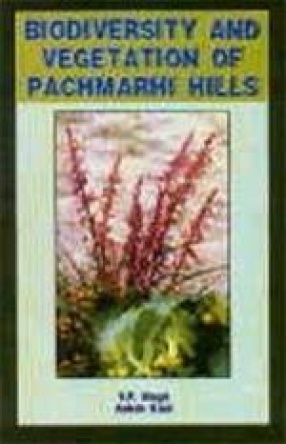
Biodiversity and Vegetation of Pachmarhi Hills
-

Ecology of Mangrove Swamps of the Andaman Islands
-
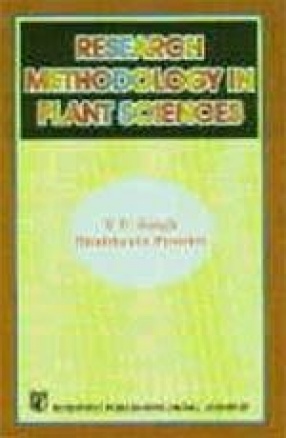
Research Methodology in Plant Sciences
-

Concepts in Applied Microbiology and Biotechnology
-

Plant Fibres
-
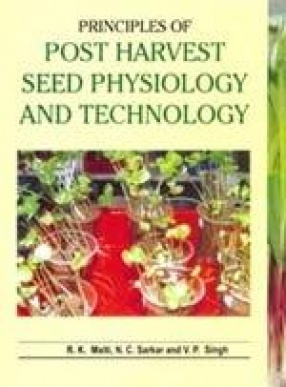
Principles of Postharvest Seed Physiology and Technology
-
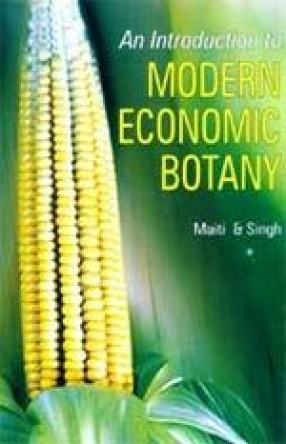
An Introduction to Modern Economic Botany
-
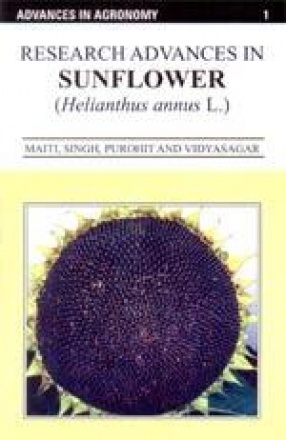
Research Advances in Sunflower: (Helianthus annus L.)

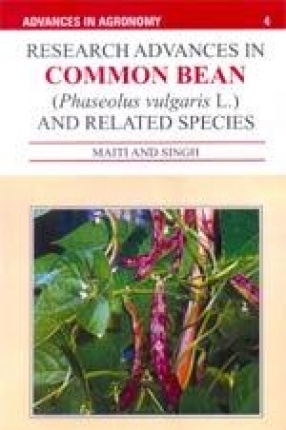
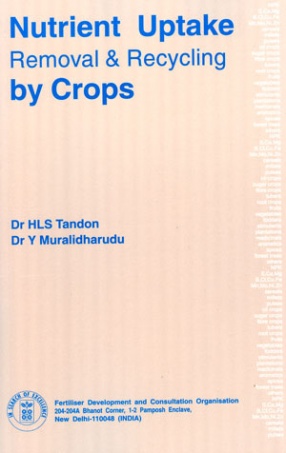
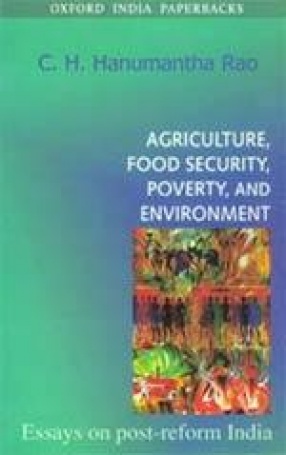

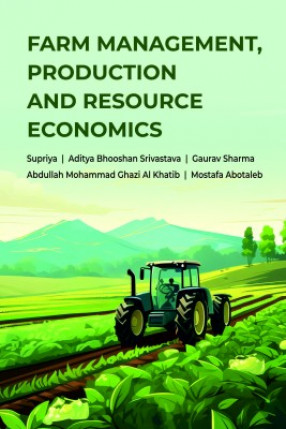

Bibliographic information
R.K. Maiti